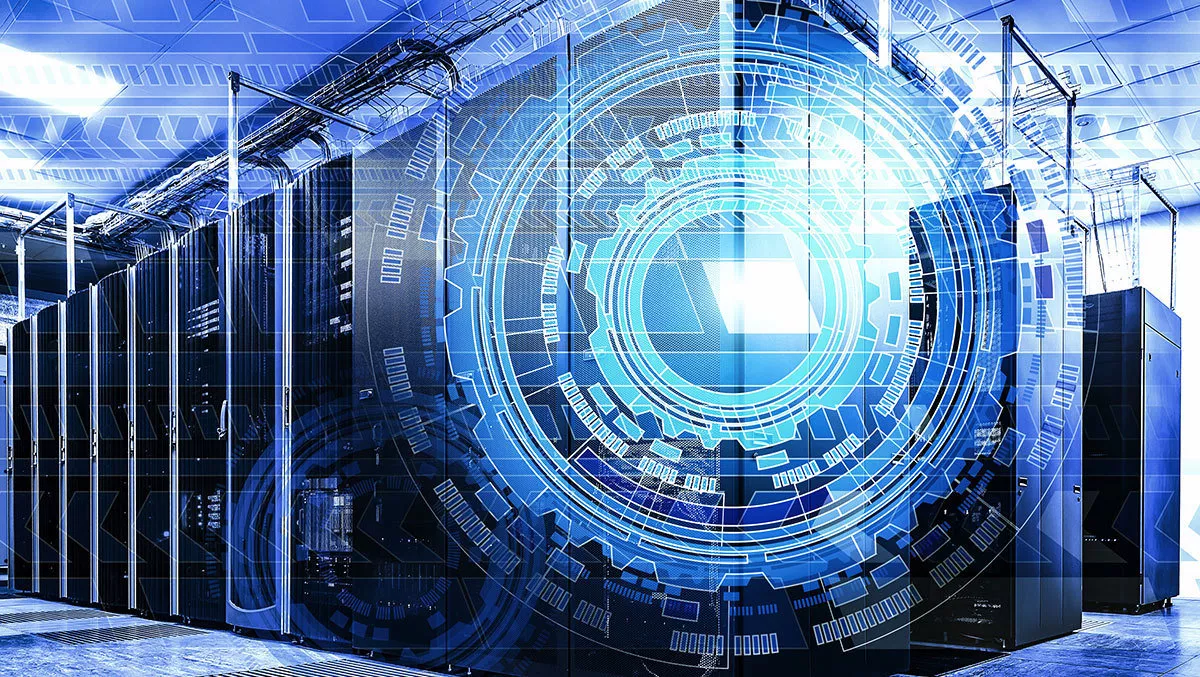
Understanding VMware in just 4 minutes
VMware is a significant global vendor of enterprise software. Its software has not only pioneered virtualisation, but to this day it leads the segment.
Its core product is vSphere which is generally used to virtualise servers.
What is virtualisation?
Not long ago, a company would have a different physical server for each service — for example, an Email server, a file server, a database server etc.
Using this approach, the hardware was severely underutilised. Often each of these servers was only using a tiny percentage of its capacity.
Virtualisation and the vSphere product from VMware changed that. A company could virtually run each of these servers on a single server. Now instead of three servers, each running at a small percentage utilisation, one server is running all three in virtual instances.
The operating system and software didn't know that they were running inside a virtual machine and sharing a server with other virtual machines.
Yes, it's a little matrix-like.
Hardware independence
Back in those days before virtualisation, the software needed to be certified to run on the hardware — for example, Oracle's database software would need to be tested with Dell's server systems. This was a slow and painful process for both the software and hardware vendors to test all possible combinations.
The advent of vSphere and virtualisation changed that. The software and hardware just needed to support vSphere, and then you knew they would be compatible. These days over 5,000 individual software tools are certified for the platform.
This took the hassle out of certifications for the server hardware manufacturers, although it did mean that they had fewer areas to compete with each other on. As a result, the server marketplace did become more commodity-like.
More flexibility
With the software abstracted from the hardware, a world of new possibilities opened up. VMware introduced a product called VMotion that allowed you to move these virtual instances between servers seamlessly.
This moving of virtual machines is done so seamlessly between servers by VMotion that often users and services will not be affected. You might do this when moving to new hardware, in an emergency or just to put the best hardware to use on the most demanding application.
A system called DRS (Distributed Resource Scheduler) can even automate the live moving of things around your servers based upon usage.
At the same time, backup and disaster recovery has benefited from this flexible approach to running hardware-agnostic virtual machines. If a server crashes or loses power, a new instance of the virtual machines it was running can be automatically spun up and take over.
Beyond servers
The logical next step for VMware was to take this virtualisation approach to storage where it introduced the vSAN (virtual Storage Area Networking) product.
Now your software wouldn't talk directly to storage hardware, but instead via vSAN, which behind the scenes was combining lots of different storage on hardware servers into one virtual SAN and cleverly managing it all.
This virtualisation of datacenter storage meant that no longer would there be unused storage on the server, while you were buying new storage in another area. vSAN would manage it all.
This didn't come at the expense of speed either, with vSAN caching things on the fastest storage to maximise performance.
This is known as hyper-converged infrastructure.
The network came next, with VMware NSX virtualising the network and enabling customers to migrate seamlessly between two sites with different brands of networking hardware and firewall equipment.
This is known as software-defined networking.
Enterprise cloud adoption
Now with everything in an enterprise datacenter virtualised, the organisation has choices when it comes to how to deploy services. Like moving from server to server, you can move from server to cloud easily.
As a result, VMware clients can run a bunch of their most critical systems on-premises with their own servers, while moving and running other services on cloud providers' equipment.
VMware even has a bunch of cloud providers in its VCPP (VMware Cloud Provider Program) that support this seamless approach to migration and running your virtual instances.
The company has a particularly close relationship with AWS (Amazon Web Services) where they have pioneered high performance virtualised solutions together.
The desktop
Virtualisation has been powerful in the datacenter but also for everyday users across the enterprise.
The explosion of devices being brought into a workplace has been difficult for IT departments. The users want to use their devices with corporate systems like email, but don't want to surrender any of the control.
VMware has a brilliant product called WorkspaceONE that allows companies to run a virtual workspace. This workspace can be logged into from iOS, Android, Windows 10, macOS or Chrome OS devices.
Users log in and have a consistent experience regardless of device or regardless of the app they want to use — for example, you can load browser-based apps like Salesforce, Windows apps or device-specific apps in one corporate-controlled environment.
This is an adjunct to MDM (mobile device management) to deliver applications to devices, but more intuitive for the user and with full corporate control.
What's next
VMware has a privileged position inside an organisation's datacenter and on all of its devices. It is the middle man, which abstracts systems from the hardware. This is also the perfect place for cyber-security systems to be placed.
The company has made considerable advances in this area, with its software firewalls able to be run between virtualised instances. This means the security is running under the operating system layer on the same machine rather than out on the network like a traditional firewall.
This is known as micro-segmentation.
The company isn't just investing in security; it is bringing its virtualisation prowess into the hot categories of Kubernetes, Containers, IoT and Blockchain.
VMware is the undisputed leader in virtualisation, and it truly deserves the title.


